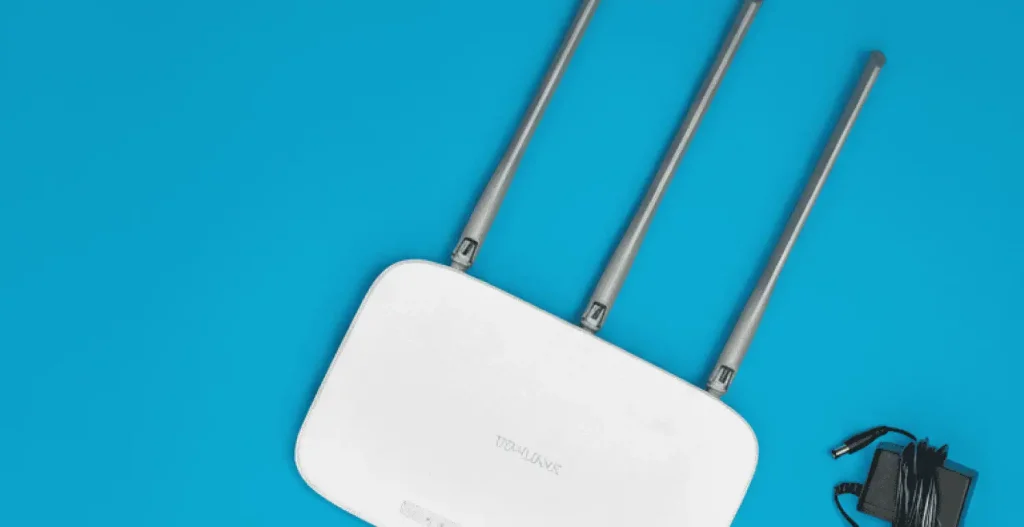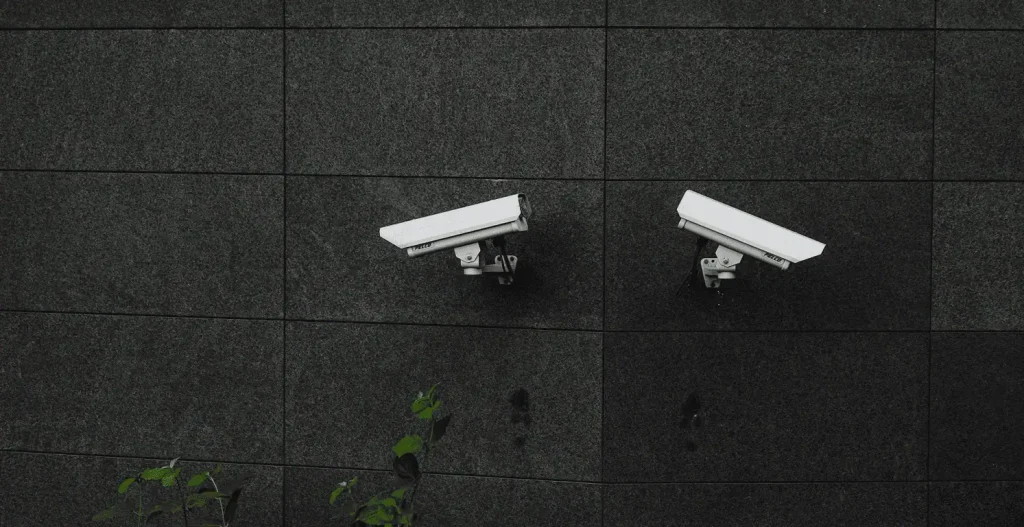Slow Wi-Fi or intermittent Wi-Fi connection can be frustrating and cause major setbacks whether at home or in the work environment, these are the top 10 causes of bad Wi-Fi services.
Outdated cables
Ensure you are using the latest and most up-to-date industry standard cable which right now would be the CAT6 which specifies a performance of 250 MHz and give 1Gbps speed up to 100m or 328ft as opposed to its predecessor CAT5e which is specified 100 MHz and 100mbps up to 100m or 328ft.
Damaged cables
If cables are enclosed properly in trunking, PVC pipes, or walls, this can lead to them being exposed to harmful elements which will eventually destroy the cable or disrupt the connection. Similarly, the ends (RJ-45) of the cable need to be secured properly in some cases with tape or silicone to prevent moisture or dust from causing rust or interference.
Routers/Access points on the same channel
Network channels, or Wi-Fi channels, are the medium through which your wireless Internet network sends and receives data. Most routers operate at a 2.4 GHz frequency which has 11 channels (1-11) the only channels that don’t overlap in this range are 1, 6, and 11. Having too many routers/access points on the same channel or channels that overlap with each other can cause devices to compete to talk or talk over each other which results in bad connections.
Routers/Access points (too close to each other)
The wireless signal that routers/access points give off can clash or cross each other resulting in bad Wi-Fi.
Overloading
Too many client devices connected via cable or even wirelessly will bring about a demand that the router or access point cannot handle. High-end routers or access points are best suited where several devices need to be connected at a time and perform multiple tasks. Low-end routers should be used for only basic tasks such as: assigning IP addresses and bridging networks.
Outdated firmware
Router/access point firmware should be regularly checked and updated since these updates fix various issues that the manufacturers are aware of and also allow the device to be compatible with new technologies.
ISP throttling
This is when your ISP restricts your bandwidth or applies a bandwidth cap, this results in speeds slower than that which you are paying for or supposed to be getting. ISPs most time do this to reduce bandwidth congestion and equally distribute the bandwidth across several clients.
Placement of routers (relative to the user)
One thing that must be taken into consideration is your physical location relative to the router/access point. If the distance is too far you will get a poor signal, If you are separated by a couple of walls or in an enclosed room you will see a significant reduction in signal.
Check which Wi-Fi frequency band your device is on (2.4Ghz or 5Ghz)
2.4Ghz band is usually better to serve longer distances whilst the 5Ghz band serves shorter distances but has much faster Wi-Fi speeds than the 2.4Ghz.
DNS
DNS is responsible for resolving hostnames to IP addresses on the internet so if your DNS server isn’t functioning properly this could result in slow loading times for websites.
Our Solution
Every business, whether small or big, needs effective IT support & services to increase efficiency, productivity and scalability. This is where Techlify’s team of Network and IT support experts come in. We are a leading technology-driven network & IT services company in Guyana that provides reliable IT & Tech support & Wi-Fi services to both small and large companies.
Learn more at Network & IT Support | Techlify Guyana and get started by contacting us at info@techlify.com.





